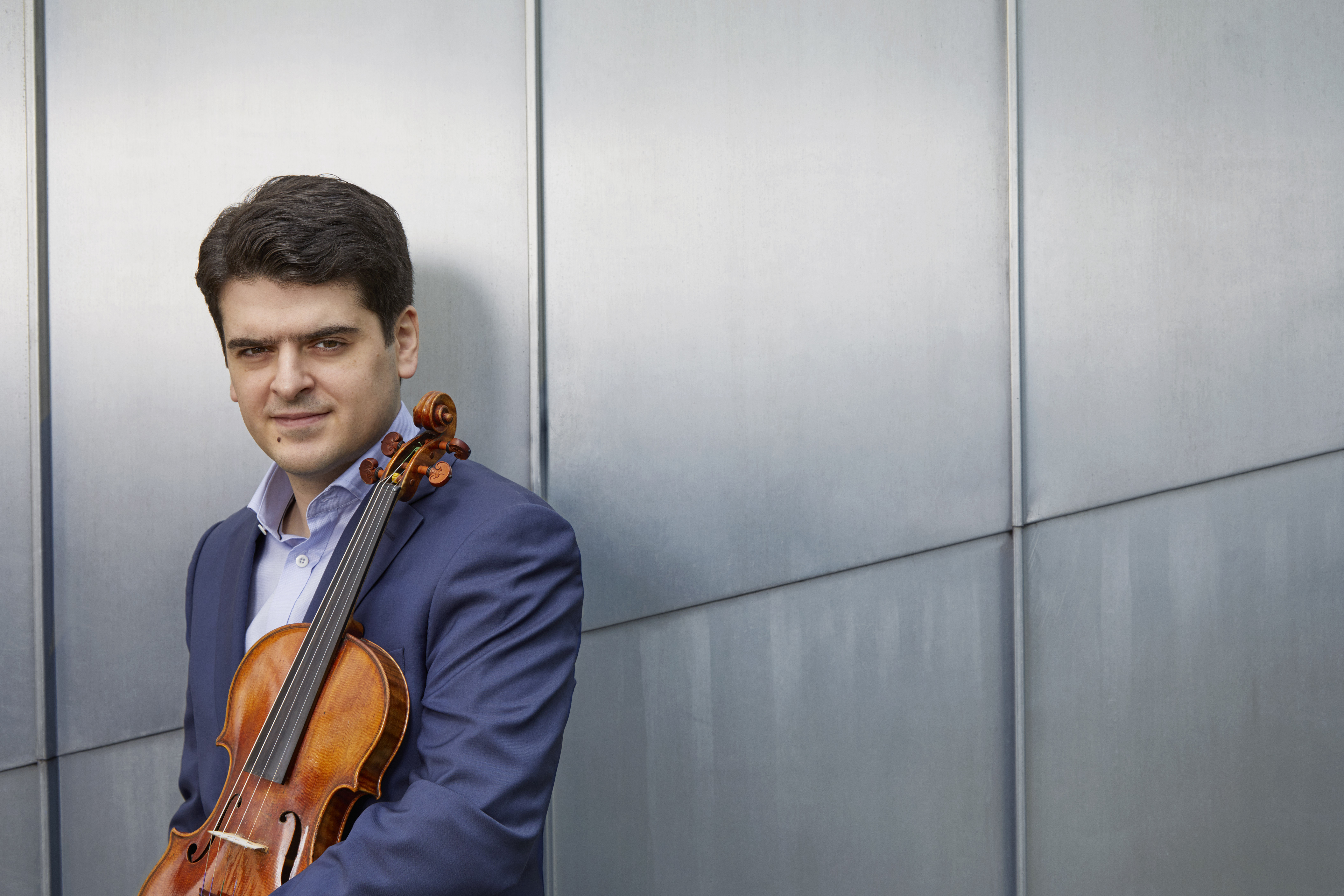Sinfónica de Tenerife embraces Romanticism in a new concert with works by Berg and Bruckner

On Friday, 14 June Sinfónica de Tenerife is giving its eighteenth season concert entitled “La Romántica de Bruckner”, to be conducted by German Karl-Heinz Steffens and featuring French violinist Michael Barenboim as guest soloist. It is the first time they perform on the island. Auditorio de Tenerife welcomes this new programme that consists of two compositions: Violin Concerto by Alban Berg and Symphony nº4 in E flat major “Romántica” by Anton Bruckner.
German conductor Karl-Heinz Steffens will lead Cabildo de Tenerife’s orchestra after having conducted major groups like Sinfónica de la Radio de Baviera, la Filarmónica de Berlín, la Filarmónica de Helsinki, la Filarmónica de los Países Bajos or Zurich’s Tonhalle. Steffens is highly regarded both in the opera and symphonic world and under his baton Deutsche Staatsphilharmonie Rheinland-Pfalz was highly praised and won him the ECHO award for Best Orchestra in 2015. In the 2016-2017 it took the award for the Best Concert Programme in the Season, awarded by Deutsche Musikverlegerverband.
The virtuoso skills displayed by French violinist Michael Barenboim in his concert has been labelled by critics as “astonishing”, “exciting” or “utterly convincing”. He is an instrumentalist who is committed to the classical repertoire and the traditional Romantic, although he is also known for his interpretations of 20th century and contemporary compositions for violin. In the present season he made his debut with the Berliner Philharmoniker playing Schönberg’s Violin Concerto. He has also performed at the Enescu Festival with Philharmonia Orchestra and Vladimir Ashkenazy, been on tour with Israel Philharmonic and G. Noseda. In addition to playing with BBC Philharmonic, Den Norske Opera Orchestra, Kölner Kammerorchester, Freiburg Philarmonic, Korean Chamber Orchestra.
Violin Concerto by Alban Berg was premiered in 1936 and it was originally to the memory of Manon Gropius, daughter of Alma Mahler (Gustav Mahler’s widow) and Walter Gropius (one of the founders of the Bauhaus), who died in 1935 from polio. Destiny paradoxically had this composition dedicated to the memory of the composer himself who was to die shortly after. The piece, described as one of the most breathtaking compositions in the 20th century, starts with the open strings of the violin which is answered by a harp andante, producing an intimate and intriguing first part. The second part starts with a somewhat grotesque theme in the clarinets, which is answered by the violin. The composer tries to trap here the joy of young Manon and with a touch of nostalgia, the end of the Viennese world of waltzes and Ländler.
Austrian Anton Bruckner deciphers musically through Symphony nº4 in E flat major “Romántica”, the life of a town in a forest with the horn announcing the start of the day, the march of hunters or the trilling of a coal tit. The second and third movement, according to Bruckner himself, is a love scene in a rural environment and a hunting expedition interrupted by a popular dance. Although this is not evident at sound level as the second movement is quite more tragic than it would be expected for a love scene. The last movement, called “popular festival” [Volkfest], it is not evidently festive, just hinting at it in the first and third movements, thus giving unity to the symphony.
Tickets for this concert can be purchased at the box office from 10:00 am to 7:30 pm Monday to Saturday; by telephone on 902 317 327; or on the internet on websites www.sinfonicadetenerife.es and www.auditoriodetenerife.com.


